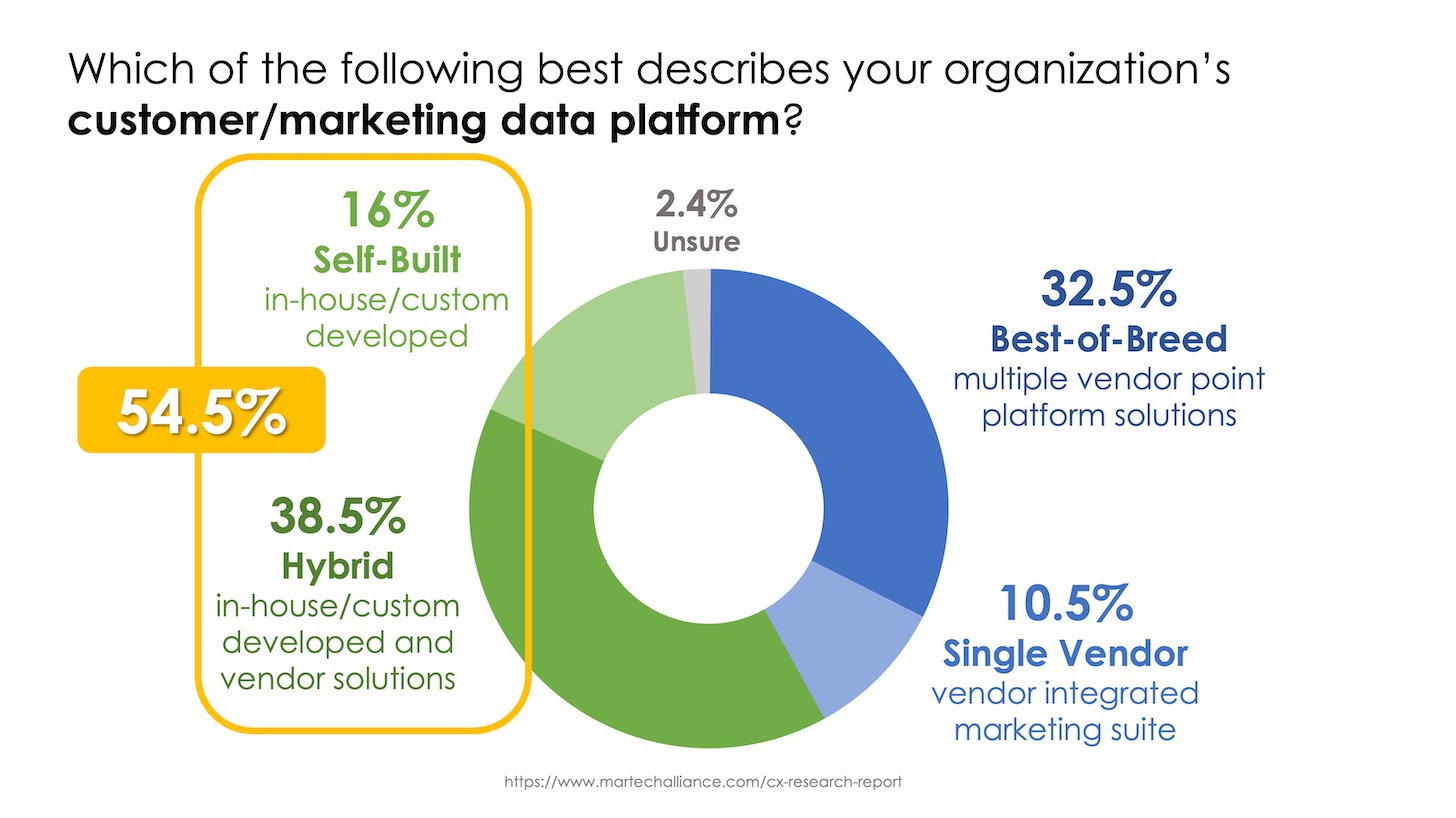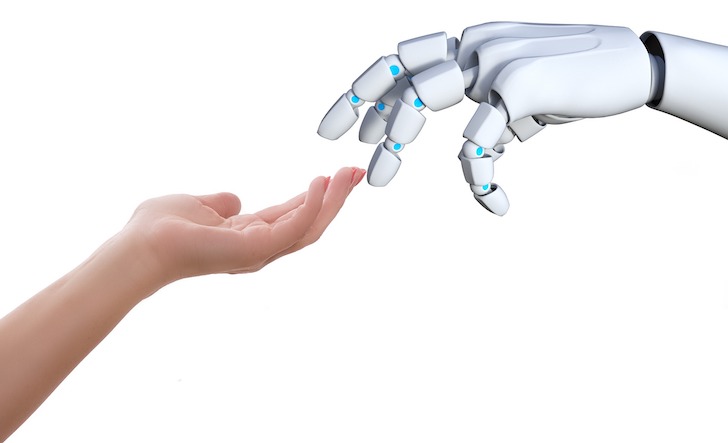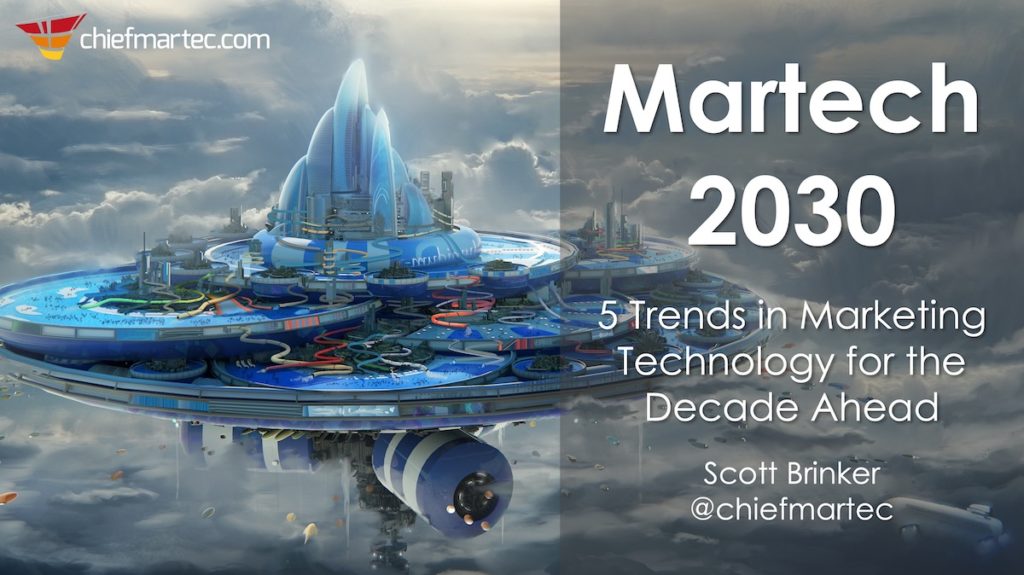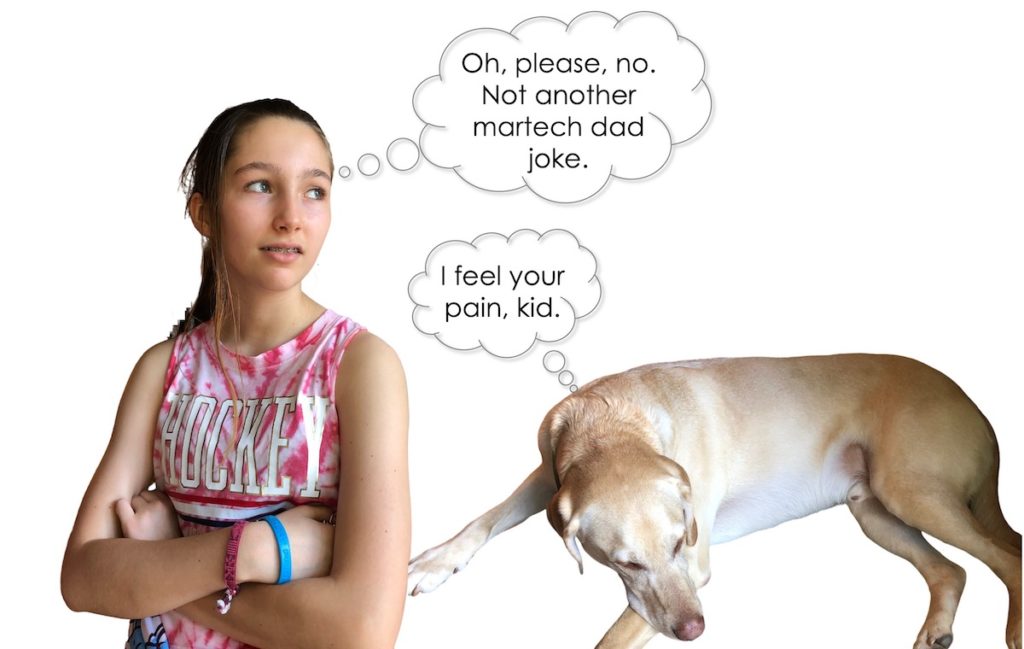
“A billion here, a billion there, pretty soon you’re talking real money,” the late US Senator Everett Dirkson apocryphally quipped.
A few months ago, Gartner published the above chart with their latest estimates on cloud spending worldwide for 2021 and 2022. The lede here is that total spend on cloud-based services — SaaS, PaaS, IaaS, etc. — is expected to increase by another $86 billion next year, from $396 billion to $482 billion.
That’s half a trillion dollars in total.
Following the money also gives us insight into the evolution of the martech field.
The lion’s share of this cloud spend will be on SaaS applications, including the splendid variety of SaaS apps on the martech landscape. SaaS spend is expected to jump from $145 billion in 2021 to $171 billion in 2022 — an extra $26 billion.
While the majority of that will likely be revenue expansion for existing public SaaS companies, such as Adobe, HubSpot (disclosure: where I work, and this is definitely not investment advice), Microsoft, Oracle, Salesforce, etc., my guesstimate is that at least $5 billion will be generated by earlier stage SaaS players.
The demand for innovative marketing, sales, and customer experience apps will continue to attract entrepreneurs and the providers of capital who love them. In other words, with this much new money flowing into SaaS purchases, the paradox of simultaneous consolidation and expansion of the app universe is likely to continue into next year.
But The Great App Explosion isn’t just for commercially packaged apps. The vast majority of apps will be custom-built for individual companies: web apps, mobile apps, internal process apps, etc.

This shows up in the growth of IaaS (infrastructure-as-a-service) and PaaS (platform-as-a-service) estimates:
- IaaS, which is relatively low-level computing and storage capabilities in the cloud is expected to increase from $91 billion to $121 billion next year, a 33% increase.
- PaaS, which are higher-level frameworks on which businesses can build their own apps — including low-code platforms for integration (iPaaS) and app development (aPaaS) — is expected to increase from $80 billion to $100 billion next year, a 25% increases.
Combined, that’s an additional $50 billion being spent on cloud software development — albeit, some of it low-code/no-code — in just one year. Twice as much as will be added to the commercially-packaged SaaS layer. True, some of that will be for commercial SaaS apps running on top of IaaS/PaaS themselves. But that’s generally less than 20% of SaaS COGS, so maybe only $5 billion out of the $26 billion of additional SaaS revenue in 2022 will be counted in both categories?
That leaves you with ~$45 billion for additional custom software. And given how cheap IaaS and PaaS are these days, $45 billion translates into millions of custom apps, micro-apps, services, etc. IDC’s prediction of 500 million digital apps and services natively in the cloud by 2023 is looking like it’s about on target.
This will certainly result in more custom software in companies’ martech stacks. We’ll see more intersections between DevOps and RevOps as part of the Big Ops convergence I’ve been writing about this past year.

This dovetails with Gartner’s view of The Composable Enterprise, as custom software, commercial applications, and API services blend together.
All stacks will eventually be “hybrid stacks.”
If you’re a martech vendor, this means you’re going to want to invest in APIs and your developer experience, as more and more of your customers look to manipulate your software and data as part of a larger vision for the digital fabric of their business.
If you’re a marketing leader at a brand, you’re going to want to invest in your marketing technology and operations team having the skills to build back-stage (internal) and front-stage (customer-facing) software — even if it’s through a managed low-code/no-code interface and mostly just a thin layer of tailoring on top of commercial SaaS platforms.
The power of orchestration and innovation in cross-team/cross-app automation that I wrote about a couple of weeks ago is a perfect example of this kind of “composability” in action.
To paraphrase the quote at the start of this article, a billion here, a billion there, pretty soon you’re talking about real transformation.


